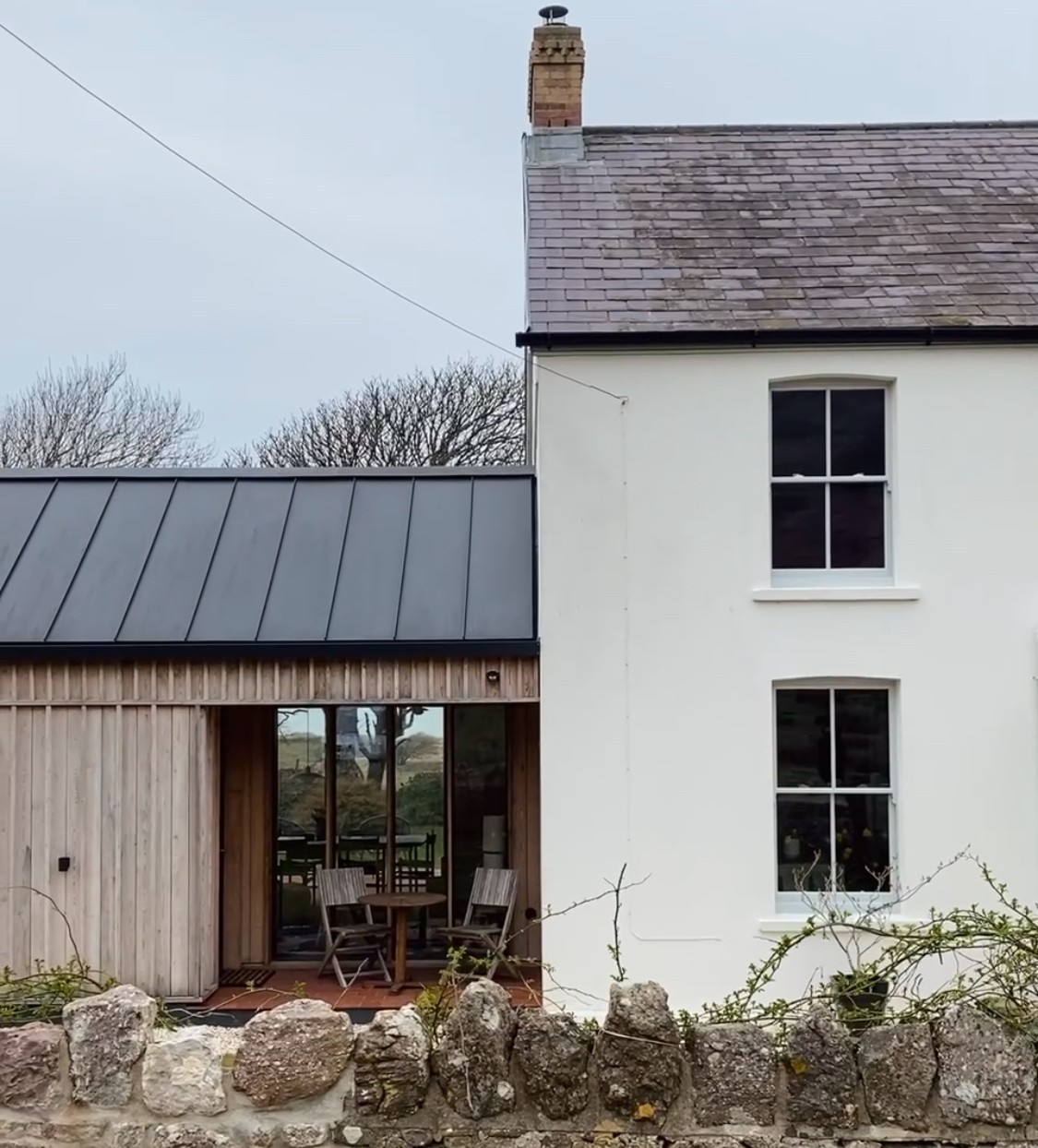News
Reflections on Placemaking and Doing Things Differently – Experience as an RSAW Awards Juror
 Croes Fach, Bannau Brycheiniog
Croes Fach, Bannau Brycheiniog
This article by Priit Jürimäe, Architect at MJ Medical and DCFW Design Review Panellist, reflects on his recent experience as an RSAW Awards Juror in the context of doing things differently to achieve better placemaking outcomes.
Architectural awards are more than professional accolades – they demonstrate architecture’s public importance and how it shapes our lives, reflecting social, political and cultural values. The RSAW Welsh Architecture Awards embrace this complexity: beyond aesthetics and technical merit, judges assess ambition, context, robustness, flexibility, inclusivity and contributions to social and environmental goals. Yet awards often feel like conversations within the profession; to truly matter, they must engage the public, helping more people value and demand good design. Projects like Nyth in Bangor – a Welsh-language theatre in a Grade II-listed church and winner of the 2025 RSAW Building of the Year – embody this spirit, with bold optimism that speaks to both architects and the local community. This year, RIBA gave just 20 national awards, with entire regions, including Wales, absent, underlining regional inequalities. Placemaking is inherently local, and national judging can miss these nuances, making the RSAW awards vital for spotlighting excellence that might otherwise go unseen.

This year’s entries showed how “doing things differently” can mean rethinking assumptions, embracing reuse, and designing for flexibility. At Nyth, a disused undercroft was harnessed to form a step-free entrance, making the building fully accessible. Users helped shape the design proposals, fostering ownership and ensuring it met real needs. The tall nave suits performance perfectly, while new steel structures are woven through the original fabric in demountable ways. Elements like pews and organ pipes are repurposed, and religious iconography is sensitively reframed to welcome a broader audience. Other projects also reimagined heritage – the Hafod Morfa Copperworks Distillery in Swansea integrates the distilling process into a restored Victorian structure, turning new production into storytelling, linking to the city’s industrial past.

Private homes brought fresh thinking too. Delfyd Farm on the Gower Peninsula uses robust materials to withstand coastal conditions. Its flexible plan allows parts of the home to be closed off when not in use and take on new functions. New extensions sit quietly beside the original, adding interest without dominance. On the other hand, Croes Fach in Bannau Brycheiniog shows that sometimes the right move is to replace a fundamentally flawed building entirely – with a multi-generational home rooted in local vernacular and opening to extraordinary views.

On the civic infrastructure scale, the Newport Active Travel Bridge replaces an uninviting tunnel with a safe, elegant route for walkers and cyclists, despite the challenge of spanning active rail lines. It’s already increased crossings – though its full impact depends on improved integration with the wider cycle infrastructure in Newport.

Across these projects, innovation isn’t about novelty but about making the most of what’s there, removing barriers, and adding lasting value. More public projects in Wales should aspire to the same craft, care, and optimism. Awards could become acts of placemaking themselves – connecting designers with the public and raising expectations for what architecture should deliver. Judging criteria could reference placemaking more explicitly, asking not only whether a building performs, but whether it belongs – whether it contributes meaningfully to local life. After all, even the most everyday buildings should be designed with extraordinary care.

